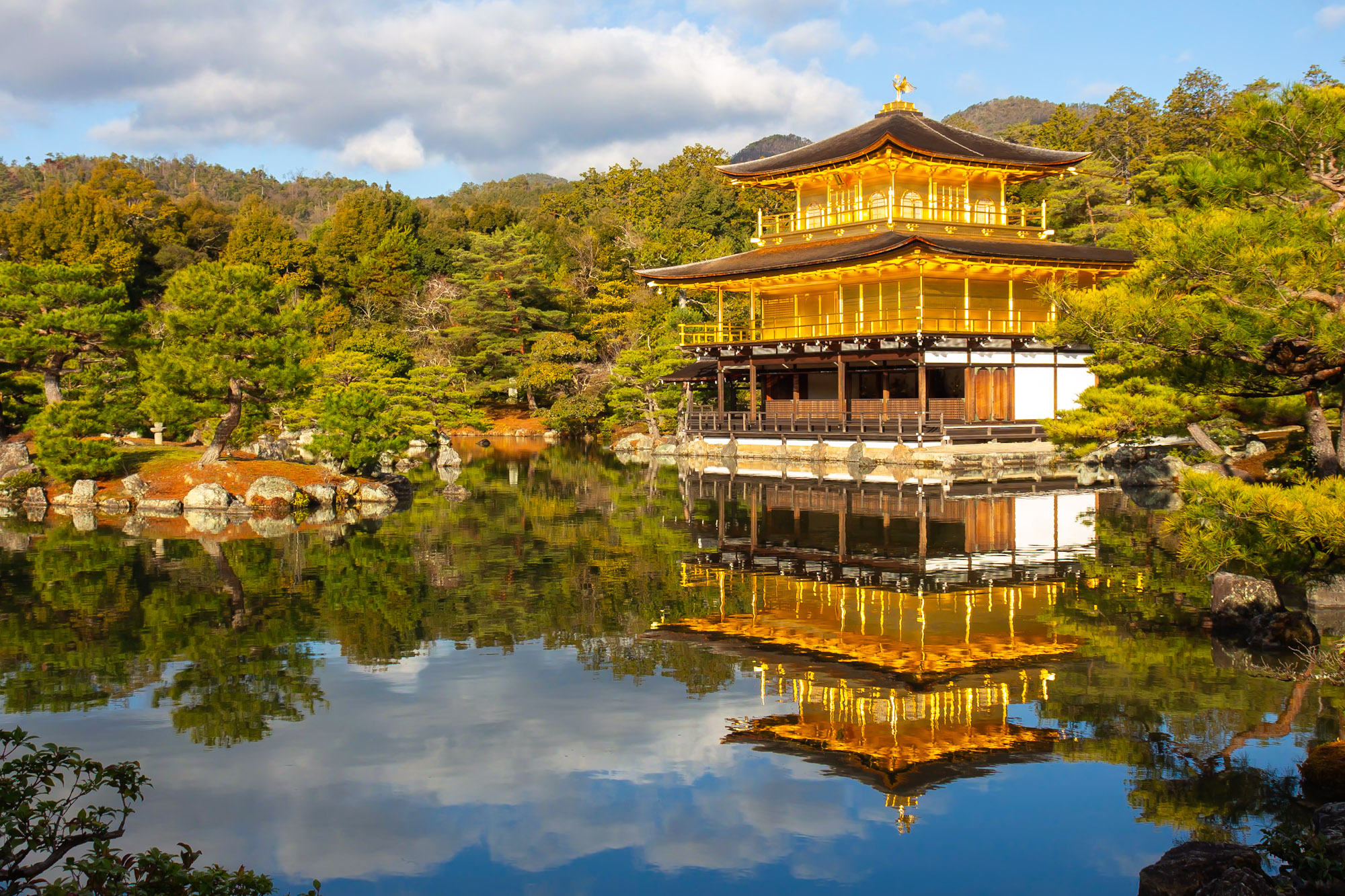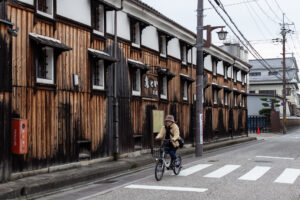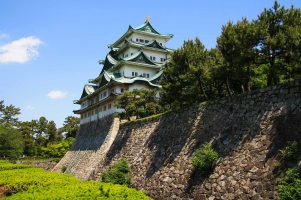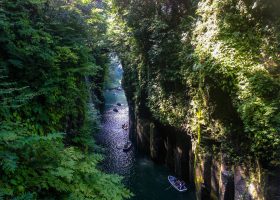One of the most famous images associated with Kyoto is that of a golden temple. Kinkaku-ji, as it’s known, is indeed completely covered in gold leaf—the top two floors, at least. The temple, which used to be called Rokuon-ji, is the last remaining building of what was the retirement home of the shogun, Ashikaga Yoshimitsu.
Yoshimitsu ruled during the Muromachi period and after his death in 1408, left the temple to the Rinzai sect of Japanese Buddhism. It was converted into a Zen temple with Muso Soseki as its first abbot. Kinkaku-ji has burned down many times since then, including twice during the Onin War (1467–1477) and once in 1950 by a fanatic monk. The present structure was rebuilt in 1955.
During Yoshimitsu’s time, an extravagant culture known as Kitayama had developed in the wealthy circles of Kyoto. Kinkaku-ji was built to reflect this, and was thus gilded in gold. Each floor of the three-story structure represents a different style of architecture.
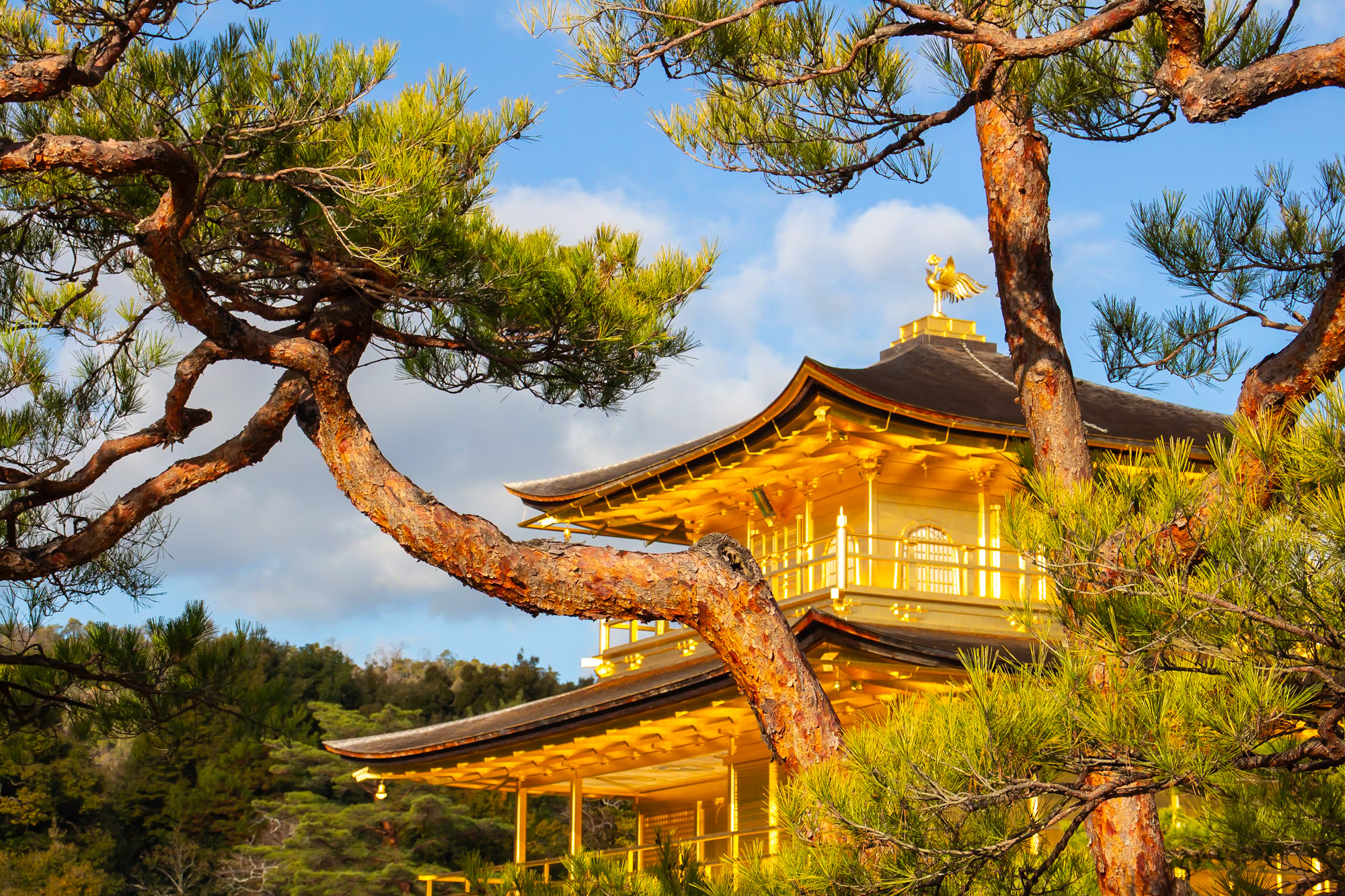

The first floor is built in the Shinden style, which was used for palaces during the Heian Period. It features wooden pillars, white plaster walls, and statues of Buddha. The second floor reflects the Bukke style commonly used in samurai residences, only with an exterior covered in gold leaf. The third floor is built in the style of a Chinese Zen Hall. Both the interior and exterior are gilded and the roof is finished with a golden phoenix statue.
Kinkaku-ji was the inspiration for Ginkaku-ji, or the Silver Pavilion, which sits on the other side of Kyoto City. It was built by Yoshimitsu’s grandson, Ashikaga Yoshimasa, a few decades later.
The Golden Pavilion sits at the foot of Kinugasa Hill on the edge of a large pond. The pond’s crystal-clear reflection has earned it the nickname “Kyoko-chi,” or “Mirror Pond”. While visitors aren’t allowed inside the temple, they can get a 360° view of it across the Mirror Pond via a path that winds through the surrounding gardens. The path continues on to an area with souvenir shops, a tea garden, and a small temple hall.
Kinkaku-ji draws huge crowds, so if you want to avoid the madness, it’s best to get there early. I arrived about 10 minutes before it opened and there was already a line forming outside the Chumon Gate. You’ll be rewarded for your patience, though, with a goshuin, or red stamp, to commemorate your visit.



Visit Kinkaku-ji Temple
The best way to get to the temple is via bus. From Kyoto Station, take the 205 City Bus and get off at the Kinkakuji-michi stop. The Chumon Gate is just a short walk from there.
Hours: 09:00~17:00
Admission: ¥500
